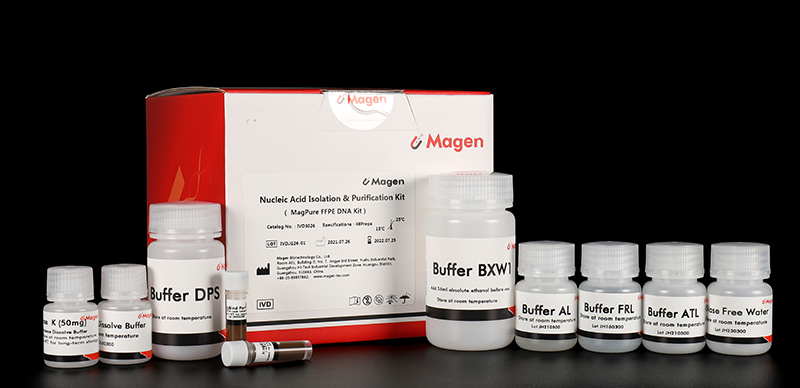
As a researcher in the field of molecular biology, I have always been fascinated by the potential applications of circulating cell free dna (ccfDNA). This unique form of genetic material holds great promise for non-invasive diagnostics and monitoring various health conditions. In this guide, we will explore the concept of ccfDNA and its significance in medical research.
The Significance of Circulating Cell Free DNA
Circulating cell free DNA refers to small fragments of DNA that are released into the bloodstream by cells undergoing apoptosis or necrosis. These fragments can originate from various tissues throughout the body and carry valuable genetic information. By analyzing ccfDNA, researchers can gain insights into an individual's health status without invasive procedures such as tissue biopsies.
Studies have shown that ccfDNA analysis has immense potential in detecting and monitoring cancer, prenatal testing, organ transplantation rejection surveillance, infectious diseases, and more. The ability to access genetic information through a simple blood sample opens up new possibilities for personalized medicine and early disease detection.
Magen Biotech: Pioneering Research on CcfDNA
Magen Biotech is at the forefront of groundbreaking research on circulating cell free DNA. Their innovative technologies enable efficient isolation and analysis of ccfDNA from patient samples. Through their cutting-edge methodologies, Magen Biotech aims to revolutionize diagnostic approaches across multiple medical disciplines.
By collaborating with leading academic institutions and healthcare providers worldwide, Magen Biotech has contributed significantly to advancing our understanding of ccfDNA's role in disease diagnosis and management. Their commitment to scientific excellence makes them a key player in driving progress towards personalized medicine using ccfDNA-based tests.
Total DNA Extraction: Unlocking Genetic Insights

total dna extraction is a crucial step in ccfDNA analysis. This process involves isolating and purifying all forms of DNA present in a sample, including both cell-free and cellular DNA. By extracting total DNA, researchers can obtain a comprehensive genetic profile that encompasses the entire genome.
Various techniques are employed for total DNA extraction, such as phenol-chloroform extraction, column-based purification kits, or magnetic bead-based methods. Each method has its advantages and limitations depending on the specific research objectives and available resources.
It is important to note that careful consideration must be given to optimize total DNA extraction protocols to ensure high-quality samples for downstream applications like next-generation sequencing or targeted mutation analysis.
The Conclusion
Circulating cell free DNA holds immense potential as a non-invasive diagnostic tool with wide-ranging applications in healthcare. Through advancements made by companies like Magen Biotech and optimized total DNA extraction methodologies, we are moving closer to harnessing the power of ccfDNA for personalized medicine.
As researchers continue to unravel the mysteries surrounding circulating cell free DNA, it is evident that this field will play an increasingly significant role in revolutionizing medical diagnostics and improving patient outcomes.

Comments on “
Circulating Cell Free DNA: A Comprehensive Guide
”